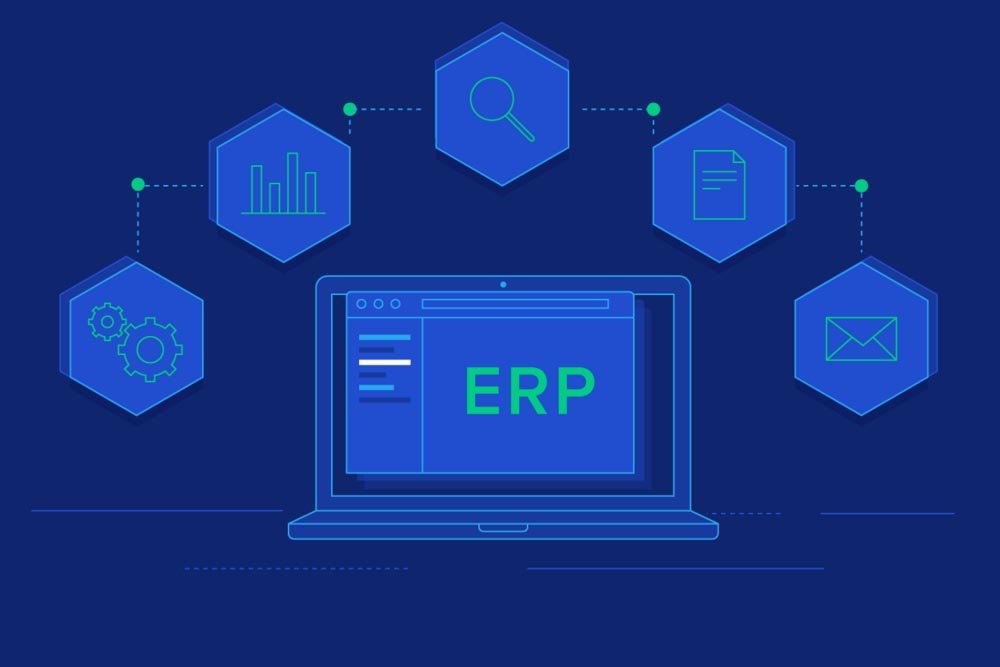Enterprise resource planning (ERP) is a business and operational management solution that has been around since the early 1990s; it emerged from an analysis conducted by business administration and project management specialists who initially wanted to explore paperless office methodology. Before ERP solutions, business management software such as Sage 300 did not fully address the dynamics required by modern enterprises concerning efficient operations and productivity. Here are four scenarios of ERP applications that highlight their diversity.
ERP Solutions for the Manufacturing Sector
Modern ERP applications are more appropriately described as enterprise management systems (EMS) because many of them are highly specific. In the case of manufacturing ERP systems, there are three main EMS solutions:
* Manufacturing execution systems (MES)
* Quality management systems (QMS)
* Supply chain management (SCM)
One of the earliest examples of ERP application on a large scale was implemented by American Standard, a global brand of plumbing and HVAC fixtures. In 1994, company executives decided to configure ERP systems for their back office and administrative departments, but developers gradually created integrated modules for inventory, shipping, and production. MES solutions are used to track and control what happens on production floors, assembly plants, and processing facilities. It can be used to monitor equipment, collect data, and generate reports. When MES suites are properly configured, they can help manufacturers in terms of improving quality, reducing costs, and increasing productivity.
ERP Solutions for Healthcare
Small American clinics and doctor offices used business management systems such as Sage 300 in the late 1980s to handle patient schedules, accounting, and insurance billing. It took a while for clinics to upgrade to ERP because doctors and administrators felt that emerging solutions were more suitable for large enterprises in non-medical sectors. In the early years of the 21st century, practice management suites started being developed specifically for the healthcare industry, and they were marketed as healthcare EMS solutions. These days, a substantial number of American clinics are managed through custom ERP platforms.
One of the first large-scale adopters of ERP solutions was the University of California San Francisco Medical Center in 1996. This research and teaching hospitals operated struggled with fragmented IT systems across departments and divisions; this made it difficult to track patient information, manage inventory, coordinate healthcare, and administer a sizable workforce. Hospital administrators evaluated a commercial ERP suite that provided a great degree of customization, and they spent several months working with consultants to configure and implement what they required. All aspects of hospital administration at UCSF are now managed by an EMS solution that brings together clinical operations, financial management, personnel rotation, human resources, patient affairs, supply chain management, and many other processes.
ERP in Retail Stores and E-Commerce Shops
Some historians consider the implementation of ERP systems by major retail chains such as Walmart to have paved the way for the modern e-commerce era. Until 1999, Walmart used a proprietary business management system partially developed by IBM. The legacy Walmart Retail Link system ran on the AS/400 platform, and the company made sizable investments to refine it for more than a decade, but executives became interested in an off-the-shelf solution that could be configured in great detail to process the massive Retail Link supply chain database. It took nearly a year to configure the new Walmart EMS, but it consolidated all departments.
E-commerce giant Amazon paid close attention to Walmart’s EMS adoption to develop its proprietary Amazon Fulfillment System (AFS) in the early 2000s. Founder and CEO Jeff Bezos was thoroughly impressed with the way the Retail Link system was able to track goods and parts from origin to point-of-sale. What he thought was missing with the new Retail Link system was more data on each item; he was convinced that the ISBN coding system used by bookstores held important keys to retail success, but he wanted to ensure that all data could be consolidated as items moved between warehouses and distribution centers. When you search or browse for goods on Amazon, you are interacting with the powerful AFS platform, which started as a centralization of corporate and e-commerce IT systems.
In addition to the three industries listed herein, ERP solutions are also utilized by industries as diverse as education, construction, telecommunications, transportation, and a few others. The next time you pay for a meal at a modern fast-food chain restaurant, chances are that the point-of-sale transaction will be recorded and processed by an ERP or EMS suite.
















